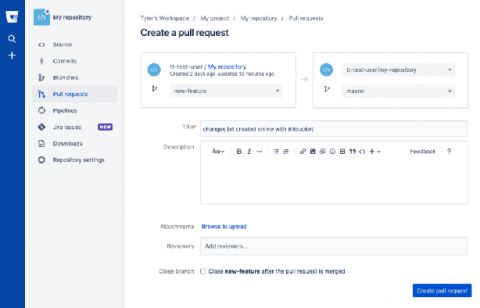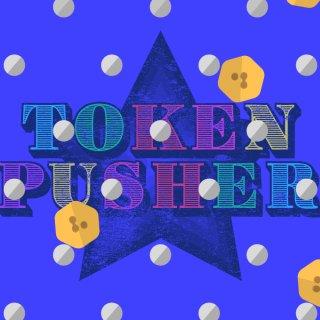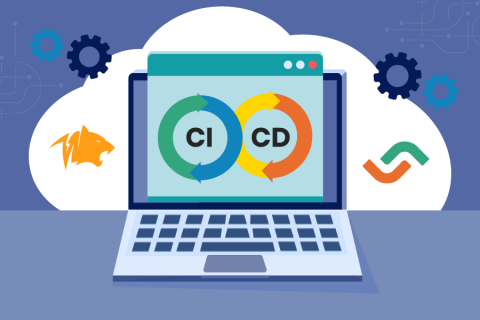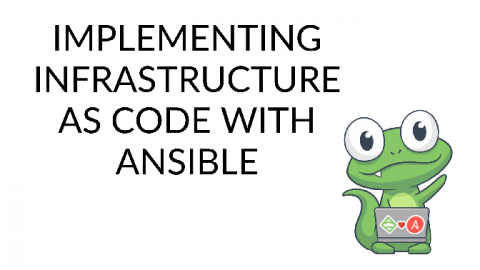Operations | Monitoring | ITSM | DevOps | Cloud
Latest News
Add file attachments to pull requests in Bitbucket Cloud
Monitor your Package Activity and Save on Storage!
With the introduction of the Package Activity API and accompanying CLI command, you can now quickly and easily check your entire repository for packages' activity status or even take a detailed approach and view packages individually (per day/per package). You can save on your storage costs by eliminating inactive packages and retaining only the packages you or your users derive value from storing and distributing via Cloudsmith.
Vendors Rejoice! Analyse your Bandwidth Usage
As a vendor, understanding your bandwidth usage is an invaluable insight into how packages are distributed across your user base and how specific users have grown over a timeframe.
Top Go Modules: Golang Web APIs with GORM
Today's Big Leap for Tomorrow
Repository Webhooks: Notifications for DevOps
Webhooks, so what are they good for? Well, quite a lot as it turns out! Webhooks are great for integrating Cloudsmith with other systems that you use, by sending data or notifications to other tools in your stack and helping to enable automation across your workflows. I know what you’re thinking, this sounds a lot like an API right? Well, not quite. Webhooks are almost like a sibling of an API call. So, what’s the real difference?
Essential Observability Techniques for Continuous Delivery
Observability is an indispensable concept in continuous delivery, but it can be a little bewildering. Luckily for us, there are a number of tools and techniques to make our job easier! One way to aid in improving observability in a continuous delivery environment is by monitoring and analyzing key metrics from builds and deploys. With tools such as Prometheus and their integrations into CI/CD pipelines, gathering and analysis of metrics is simple. Tracking these things early on is essential.
Achieving CI Velocity at Tigera using Semaphore
Tigera serves the networking and policy enforcement needs of more than 150,000 Kubernetes clusters across the globe and supports two product lines: open source Calico, and Calico Enterprise. Our development team is constantly running smoke, system, unit, and functional verification tests, as well as all our E2Es for these products. Our CI pipelines form an extremely important aspect of the overall IT infrastructure and enable us to test our products and catch bugs before release.
Implementing infrastructure as code with Ansible
If you’re here, it means that your application is a hit, coming through a long way of development and deployments. Your application is finally in a stage where you or your team need to set up more servers than you can handle manually, and you have to provision them fast. There’s also the need to make sure that all of them have the same configuration, packages, and versions in order for your application to have the same behavior in all of them.











